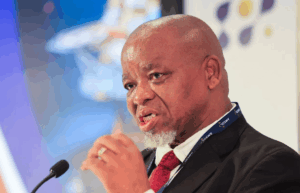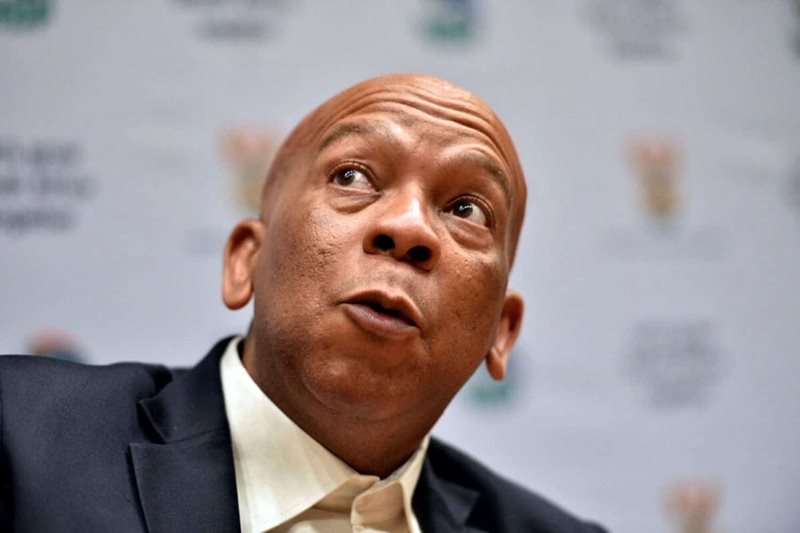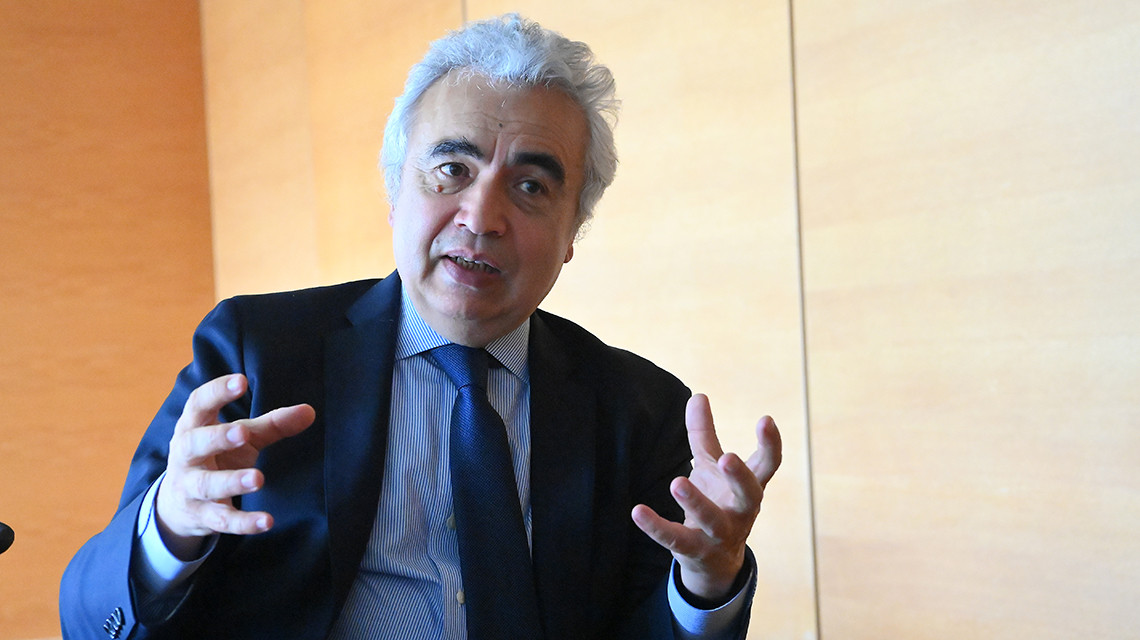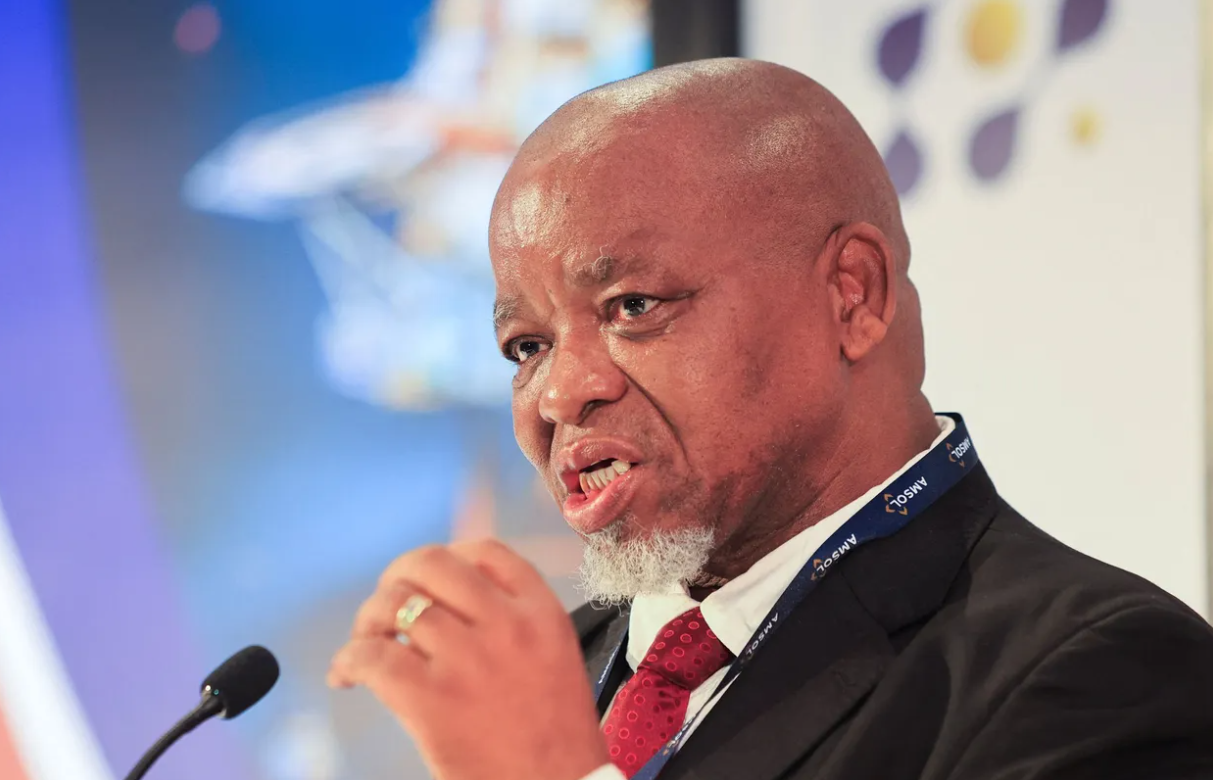South Africa is intensifying its efforts to overhaul its energy infrastructure amidst growing concerns over an impending “gas cliff” that threatens significant economic disruption and job losses. Recent government announcements highlight a two-pronged strategy focusing on boosting gas-to-power (GtP) capacity and expanding liquid fuel import and storage facilities. However, these initiatives are unfolding against the backdrop of a projected sharp decline in natural gas supply from Mozambique’s Pande and Temane fields, which currently meet over 85% of the nation’s gas demand.
Energy & Electricity Minister Dr. Kgosientsho Ramokgopa recently outlined plans to more than double the operational load factor for GtP plants under the Gas Independent Power Producer Procurement Programme (GASIPPPP), aiming to procure 2000 MW of gas-fired capacity. This move is intended to enhance the economic viability of these plants and stimulate investment in crucial gas infrastructure. However, this policy shift has sparked potential legal challenges, with at least one prospective bidder expressing reservations about mid-stream changes to procurement specifications.
Looming Gas Supply Crisis Imperils Thousands of Jobs Across Key Sectors
The urgency of securing alternative gas sources is underscored by the looming “gas cliff,” anticipated between 2026 and 2028. Experts warn that the decline in Mozambican gas could jeopardize over 70,000 jobs and impact approximately 5% of South Africa’s GDP, with key sectors like steel, petrochemicals, and transportation heavily reliant on natural gas. Sasol, the largest domestic gas user, has already indicated it will cease supplying industrial users by June 2026, further amplifying the crisis. While a potential interim strategy involving methane-rich gas (MRG) from their Secunda operations could offer a temporary reprieve until mid-2030, a long-term solution remains critical.
TNPA Advances Liquid Fuel Infrastructure Project Amidst Broader Energy Security Drive
In a parallel development aimed at bolstering overall energy security, Transnet National Ports Authority (TNPA) has named the preferred bidders for a R17 billion project at the Port of Richards Bay. Five companies – KZN Oils, Linsen Nambi, Protank, Bidvest/Mnambithi Consortium, and KNGM Engineering – will develop new liquid bulk and green fuel terminals. This expansion will significantly enhance South Africa’s capacity to handle a diverse range of energy products, including diesel, jet fuel, biofuels, hydrogen, and LPG.
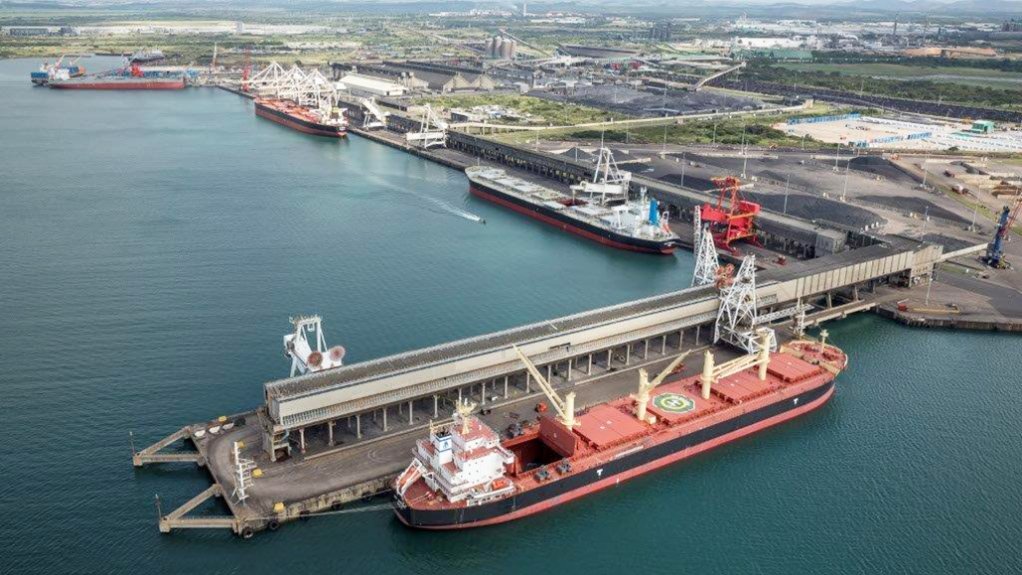
Minister Ramokgopa has acknowledged the critical need to develop a robust gas economy to mitigate the potentially devastating economic consequences of the “gas cliff.” He emphasized the necessity of aggregating gas demand, potentially through gas-to-power initiatives, to make large-scale LNG import infrastructure economically viable. The simultaneous push for increased GtP utilization and expanded liquid fuel handling capacity at Richards Bay reflects a multi-pronged approach to fortify South Africa’s energy infrastructure in the face of a looming energy supply challenge. However, the success of the gas strategy hinges on swiftly securing alternative gas supplies and navigating potential legal hurdles.
ESGfrontiers Editorial: @lloydnedohe_ on X. Email: info@esgfrontiers.co.za




